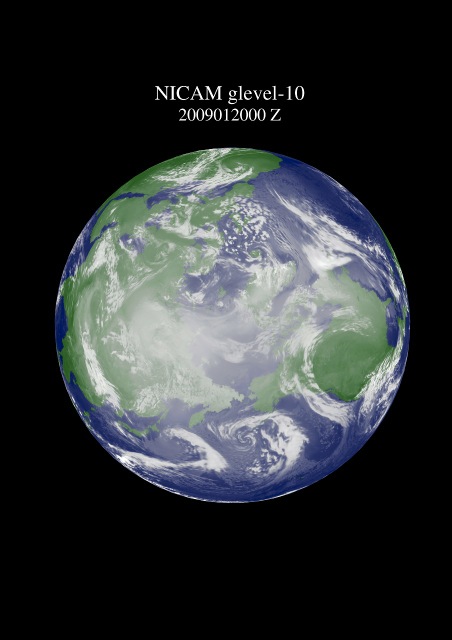Next Generation of Computational Sciences by HA-PACS
1. Particle Physics
Multi-scale physics
Investigate hierarchical properties via direct construction of nuclei in lattice QCD
GPU to solve large sparse linear systems of equations

Finite temperature and density
Phase analysis of QCD at finite temperature and density
GPU to perform matrix-matrix product of dense matrices
Expected QCD phase diagram

2. Astrophysics
(A) 6-Dimensional Computational Astrophysics
Goals
Elucidation of First Generation Objects
Elucidation of Cosmic Reionization
6-Dimensional Radiation Hydrodynamics:
3-Dimenasional Hydrodynamics + 6-Dimensional Radiation Transfer
– Acceleration by GPU of ray tracing and chemical reactions, which are of strong scaling
– Realization of radiation hydrodynamics

(B) Self-gravitational N-body CollisionlessSystems
Goals
Elucidation of Merger and Growth of Massive Black Holes
Elucidation of Globular Cluster Formation and Evolution


3. Nuclear Physics
Simulation with real-time and real-space method for many-fermion systems
Nuclear response and reaction dynamics relevant to nucleosynthesis
– Nuclear transfer reaction to producer-process nuclei experimentally
– Fusion reaction of light nuclei
– Systematic investigation of nuclear response function
Application of nuclear methods to other fields
– First-principles calculation for light-matter interaction
– Propagation of ultra-intense laser pulse
– Simulation for atto-second electron dynamics
Methodology : Time-dependent mean-field theory (TDDFT, TDHF, TDHFB) with real-time and 3D real-space method
Merit of GPU calculation : High performance calculation for the operation of Hamiltonian on orbital wave functions

TDHF simulation to produce neutron-rich nuclei by multi-nucleon transfer reaction

Atto-second electron dynamics in solid induced by ultrashort laser pulse
4. Materials Science
Develop a general numerical method to solve the time-dependent Schrodinger equation for many-electron quantum systems and use it to
– understand atomic, molecular and materials structures and their dynamics
– search a way to control the structures and dynamics in femtosecond (10-15 s) or even attosecond (10-18 s) time scales.

Holographic image of an electron wavepacket colliding with ionic core.

Controlling the XUV transparency by IR laser in attosecond time scale.
5. Bioscience

6. Geoenvironment
Objectives
– GPU application to the Next-Generation Atmospheric General Circulation Model NICAM
– GPU application to the Large Eddy Simulation (LES)
– GPU application to the 3D Normal Mode Expansion of the atmospheric state variables
Expected Products
LES model with 10 m spatial resolution may be developed by the GPU application
NICAM physical processes may be efficiently calculated by the GPU application
Energetics analysis of the high-resolution atmospheric GCM may be possible by the GPU application
Merit of the GPU application
Weather forecasting model by a grid discretization is a type of stencil computation. The memory access is therefore simple, and the computational acceleration up to 10 times speed may be possible by the GPU application.

Topography with a 50 m grids

7. Database
Data Mining of Big Data based on GPGPU
Research objective and plan
– Accelerating data mining from big data using GPU
– Target mining algorithms
– Document clustering
– PLSI (Probabilistic Latent Semantic Indexing)
– LDA (Latent Dirichret Allocation)
– Probabilistic association-rule mining
– Developed algorithms for single-GPU.
– Develop multi-GPU versions for GPU-cluster environment based on the current algorithms.
Expected results and breakthrough
– Application of GPU-cluster to problems other than numerical analysis or simulation.
– Few existing works have applied GPU-cluster to data mining problems so far.
– Promote the use of GPU-cluster as a platform for big data analysis.
Applicability of GPU
– Some data mining algorithms are suitable for GPU, but others may not.
– A technical challenge is to combine CPU- and GPU-based computation taking account of the algorithmic characteristics.
Scale of computation
– Under consideration
– Aiming at processing big datasets such that GPU-cluster is necessary.

